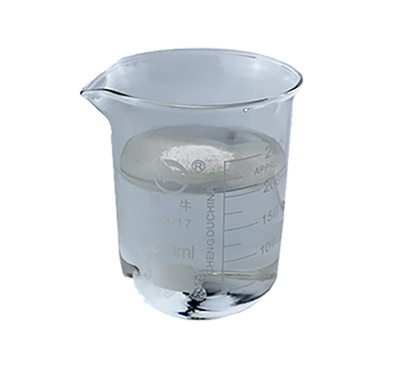
ئاب . 08, 2024 06:10 Back to list
Safety and handling guidelines for hydroxyethyl cellulose in various industrial applications
Hydroxyethyl Cellulose (HEC) An Overview and Safety Data Sheet
Hydroxyethyl cellulose (HEC) is a water-soluble polymer derived from cellulose, a natural polymer abundant in plant cell walls. HEC is widely used in various industries due to its unique properties, including thickening, emulsifying, and film-forming capabilities. This article aims to provide an overview of HEC, its applications, and important points from its Safety Data Sheet (SDS).
Chemical Properties
HEC is a non-ionic cellulose ether characterized by the substitution of hydroxyethyl groups on the cellulose backbone. It is typically found in powder form and can dissolve in water, forming a viscous solution. The degree of substitution and molecular weight can be adjusted during synthesis, allowing for tailored properties for specific applications. HEC is odorless, tasteless, and non-toxic, making it suitable for use in food, pharmaceuticals, and cosmetics.
Applications
HEC has a diverse range of applications across multiple industries
1. Construction Industry HEC serves as a thickening agent and improves the workability and adhesion of cement and gypsum-based products. It helps control the flow and leveling properties of materials like tile adhesives and grouts.
2. Cosmetics and Personal Care In the cosmetics industry, HEC is used as a thickener and stabilizer in lotions, creams, and shampoos. Its ability to form films enhances the texture and feel of the products.
3. Pharmaceuticals HEC is utilized as a binder and a viscosity-increasing agent in various pharmaceutical formulations such as tablets, suspensions, and topical products.
4. Food Industry As a food additive, HEC acts as a thickening and stabilizing agent in products like sauces and dressings. Its safety profile allows it to be safely incorporated into food formulations.
5. Paints and Coatings HEC enhances the flow characteristics and stability of water-based paints and coatings, providing a smooth finish and effective application.
hydroxyethyl cellulose sds

Safety Data Sheet (SDS) Highlights
When working with HEC, it is essential to be aware of its safety and handling procedures outlined in its Safety Data Sheet (SDS). Here are key points typically included
- Hazard Identification HEC is generally considered non-hazardous under normal conditions of use. However, like many fine powders, it may pose a respiratory hazard if inhaled in significant amounts.
- Composition/Information on Ingredients HEC is the main ingredient, with specific grades and molecular weights defined for different applications.
- First-Aid Measures In case of skin contact, wash the affected area thoroughly with soap and water. For eye contact, rinse with plenty of water and seek medical attention if irritation persists. If inhaled, move the affected individual to fresh air.
- Fire-Fighting Measures HEC is not flammable but may produce combustible dust. In the event of a fire, appropriate extinguishing agents include water spray, foam, or dry chemical powder.
- Handling and Storage HEC should be stored in a cool, dry place and protected from moisture. Appropriate personal protective equipment (PPE) should be worn when handling to minimize exposure.
- Regulatory Information HEC is generally recognized as safe (GRAS) for use in food products, and it complies with various regulatory requirements in the cosmetic and pharmaceutical industries.
Conclusion
Hydroxyethyl cellulose is a versatile and valuable polymer with a plethora of applications across different sectors. Its unique properties make it indispensable in construction, personal care, pharmaceuticals, food, and paints. Understanding its safety data and proper handling guidelines ensures that users can effectively and safely harness the benefits of HEC in their respective fields.
-
What is HPMC?
NewsJun.06,2025
-
Understanding Redispersible Powder: The Future of Construction Materials
NewsJun.06,2025
-
Understanding RDP Powder: The Ultimate Solution for Your Construction Needs
NewsJun.06,2025
-
Pure HPMC: The Ideal Solution for Modern Construction and Building Materials
NewsJun.06,2025
-
Methyl Hydroxyethyl Cellulose: A Versatile Chemical Compound
NewsJun.06,2025
-
Hydroxyethyl Cellulose Power: The Essential Chemical for Various Industries
NewsJun.06,2025







